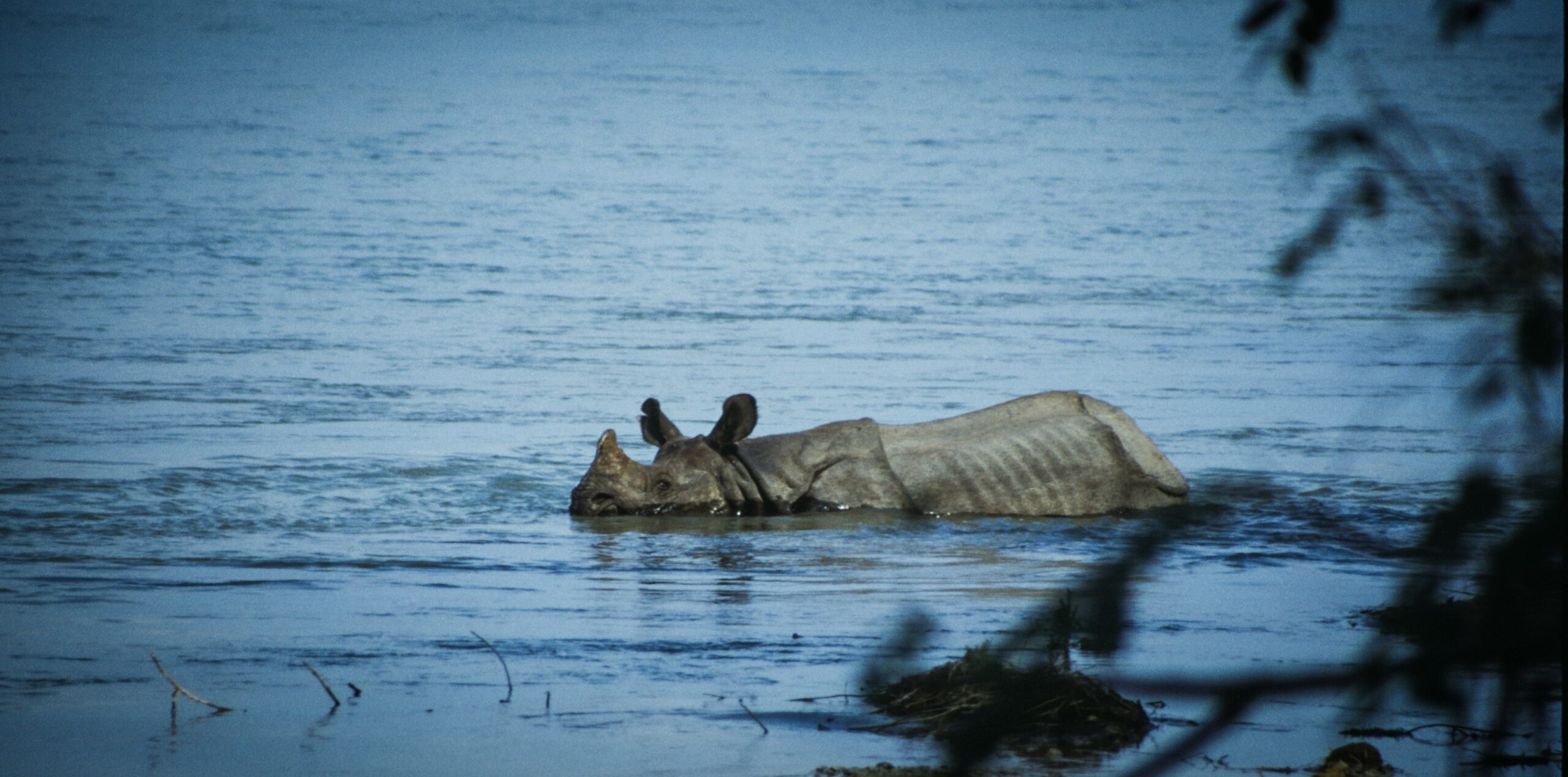Biodiversity Protection in National Parks: Conservation Efforts for Animals, Plants, and Education
National parks play a crucial role in the protection and conservation of biodiversity. These protected areas are designed to safeguard the natural habitats of various animal and plant species, ensuring their survival for future generations. In this blog post, we will explore the conservation efforts undertaken in national parks to protect the rich diversity of wildlife and vegetation.
Preserving Animal Species
One of the primary goals of national parks is to preserve and protect animal species. These parks provide a safe haven for endangered and threatened animals, allowing them to thrive in their natural habitats. Conservation efforts include strict regulations to prevent hunting and poaching, as well as the establishment of protected breeding areas.
Many national parks also implement programs to reintroduce native species that have become extinct or locally extinct in the area. These reintroduction programs aim to restore the natural balance of ecosystems and ensure the survival of these species. Additionally, park rangers and wildlife experts closely monitor animal populations to identify any potential threats and take necessary actions to mitigate them.
Conserving Plant Diversity
In addition to protecting animal species, national parks also focus on conserving the diverse range of plant life. These parks serve as sanctuaries for rare and endemic plant species, providing them with the necessary conditions to flourish. Conservation efforts include the preservation of natural habitats, restoration of degraded areas, and the implementation of measures to prevent the spread of invasive plant species.
Furthermore, national parks often collaborate with botanists and researchers to conduct studies on plant species within their boundaries. These studies help in understanding the ecological significance of different plants and guide conservation efforts. By identifying and protecting critical plant habitats, national parks contribute to the overall preservation of biodiversity.
Education and Awareness
Another vital aspect of biodiversity protection in national parks is education and awareness. Many parks offer educational programs, guided tours, and interpretive centers to educate visitors about the importance of conservation. These initiatives aim to instill a sense of responsibility and promote sustainable practices among park visitors.
Through educational activities, visitors learn about the delicate balance of ecosystems, the threats faced by various species, and the actions they can take to contribute to conservation efforts. By raising awareness, national parks empower individuals to become advocates for biodiversity protection in their own communities.
Collaboration and Research
Biodiversity protection in national parks requires collaboration between various stakeholders. National park authorities often collaborate with local communities, non-profit organizations, and government agencies to implement effective conservation strategies. This collaboration ensures the involvement of diverse perspectives and resources, leading to more comprehensive and sustainable conservation efforts.
Research also plays a crucial role in biodiversity protection. National parks serve as living laboratories for scientists and researchers studying various aspects of ecology, wildlife behavior, and plant biology. The findings from these studies inform conservation practices and help in making informed decisions to protect biodiversity effectively.
Conclusion
National parks are essential for the protection and conservation of biodiversity. Through their conservation efforts, these parks safeguard animal and plant species, preserve natural habitats, and raise awareness about the importance of biodiversity. By collaborating with various stakeholders and conducting research, national parks contribute significantly to the long-term sustainability of our planet’s rich natural heritage.
